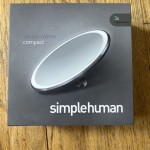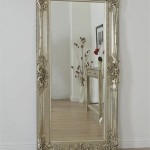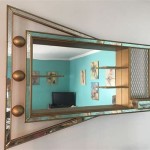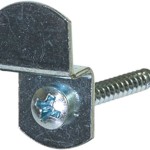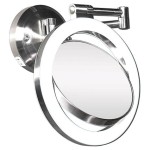Does Mirror Box Therapy Work? Exploring the Potential Benefits and Limitations
Mirror box therapy is an innovative rehabilitation technique that employs a mirror placed vertically between two partitioned boxes. During therapy, the unaffected limb is placed in one box, while the affected limb is in the other box, hidden from view. As the individual moves their unaffected limb, they observe its reflection in the mirror, creating an illusion that the affected limb is moving synchronously.
The concept behind mirror box therapy is that it can help retrain the brain to recognize and control the affected limb. By providing visual feedback, it facilitates the formation of new neural pathways, promoting neuroplasticity and functional recovery. Several studies have explored the efficacy of mirror box therapy for various conditions, including stroke, complex regional pain syndrome, and phantom limb pain.
Benefits of Mirror Box Therapy:
- Improved motor function: Evidence suggests that mirror box therapy can enhance motor function in individuals who have experienced stroke. It may improve range of motion, strength, and coordination.
- Reduced pain: Mirror box therapy has demonstrated effectiveness in reducing pain associated with complex regional pain syndrome. It is believed that the mirror illusion helps desensitize the nervous system and promote relaxation.
- Phantom limb pain management: Mirror box therapy can provide relief from phantom limb pain, a common condition experienced by amputees. The mirror illusion creates a visual representation of the missing limb, which can help reduce the sensation of pain.
Limitations of Mirror Box Therapy:
- Individual variability: The effectiveness of mirror box therapy can vary depending on the individual and the nature of their condition. Some individuals may experience significant benefits, while others may not respond as well.
- Limited long-term effects: While mirror box therapy can provide immediate improvements, the long-term effects may be limited. Continued practice and reinforcement are necessary to maintain the benefits.
- Not a standalone treatment: Mirror box therapy should not be considered a standalone treatment for neurological conditions. It is typically used as an adjunct to other rehabilitation interventions, such as physical therapy and occupational therapy.
Conclusion:
Mirror box therapy is a promising rehabilitation technique that has shown potential in improving motor function, reducing pain, and managing phantom limb pain. However, its effectiveness can vary, and it should be used in conjunction with other rehabilitation strategies. Further research is needed to fully understand the long-term effects and optimal application of mirror box therapy for various neurological conditions.

Fooling The Brain Pain Role Of Mirror Therapy And Modern Uses In Virtual Reality Frontiers For Young Minds
Mirror Therapy For Chronic Pain The Hand Society

Graded Motor Imagery Mirror Therapy Explanation And Steps

Mirror Therapy Exercises For Stroke Recovery

Mirror Therapy For Stroke Hemiplegia And Phantom Limb Pain Homeceuconnection

Saebo Mirror Box Therapy Arm And Hand Function

Mirror Therapy For Stroke Patients How To Improve Mobility

Stroke Exercises Using Mirror Therapy And Neurons

Mirror Therapy Amputee Coalition

John Colapinto Ramachandran S Mirror Trick The New Yorker

